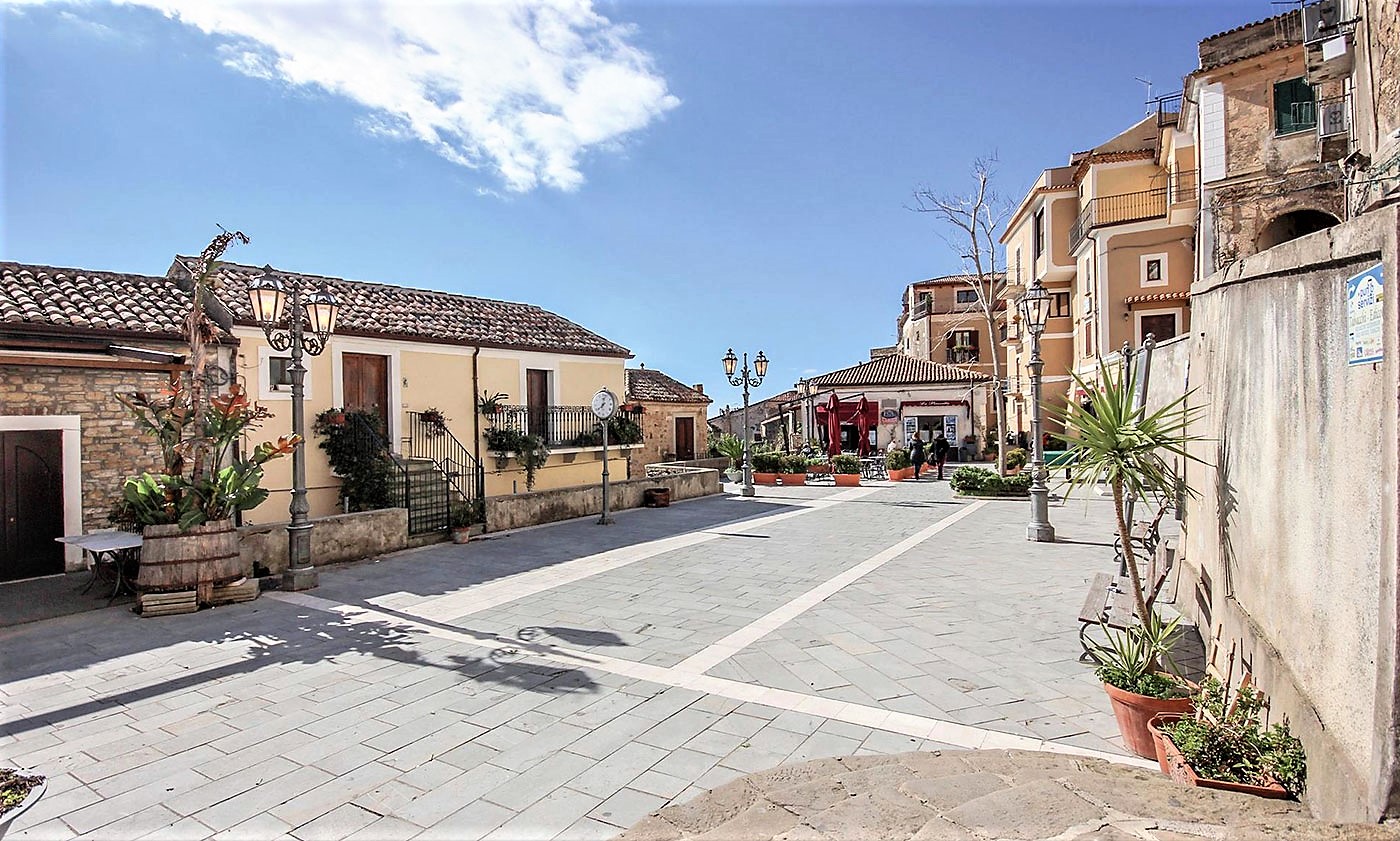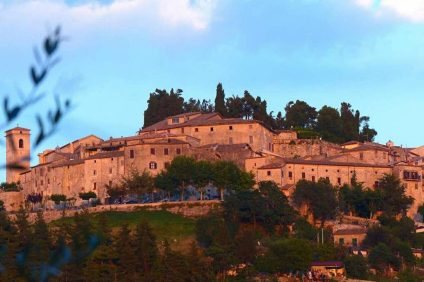Crystal clear sea, enchanting beaches and fabulous places: when we organize our holidays, we always hope that these three basic ingredients are there. Too often, however, we are convinced that we have to go to the other side of the world just to find the El Dorado of the longed-for summer holidays. But as we have already told you on other occasions, Italy has nothing to envy to the noble tropical destinations. South of Salerno, for example, it is not difficult to come across real landscape and natural pearls. We are talking about the Cilento and one of its symbol villages: castellabate.
Welcome to the South: a dip in Cilento
In 2010, Italian cinema was monopolized by the remake of the French film Giù al Nord: welcome to the South. Directed by Luca Miniero and with Claudio Bisio e Alessandro Siani in great shape, the film tells the adventures of an employee of the Milan post office forced to move to the deep south. To be precise in Castellabate, a small town immersed in the wonderful Cilento.

In addition to the script and the acting of the various actors, the film impressed audiences and critics for the location in which it is set. The small stone alleys of Castellabate in fact entered the heart and the collective imagination, becoming a popular destination for thousands of Italian tourists and beyond. Beyond the place, great prominence was given to the life in the village, all very far from the frenetic pace of the big cities. Here they reigned - and still reign - slow and quiet days, with the inhabitants always ready to help each other and to make any stranger feel at home. But what is special about this Salerno pearl?
Castellabate to be discovered
The village of Castellabate is one of the many municipalities that characterize the Cilento coast. The capital is located on the Colle Sant'Angelo, about 300 meters above sea level, and is particularly fascinating for those who love the classic Italian villages. Many of the wonders it houses date back to the Middle Ages, such as the Pontifical Basilica of Santa Maria de Gulia or Castle of the abbot. This was built in 1123 by Abbot Costabile to provide protection to the population from attacks by the gods Saracens. According to a local legend, its undergrounds lead to the sea, thus ensuring escape in the event of a siege. Don't miss the Piazzetta, the terrace where - in the film - the post office was located (even if in truth it never existed: in its place there is in fact a famous bar).
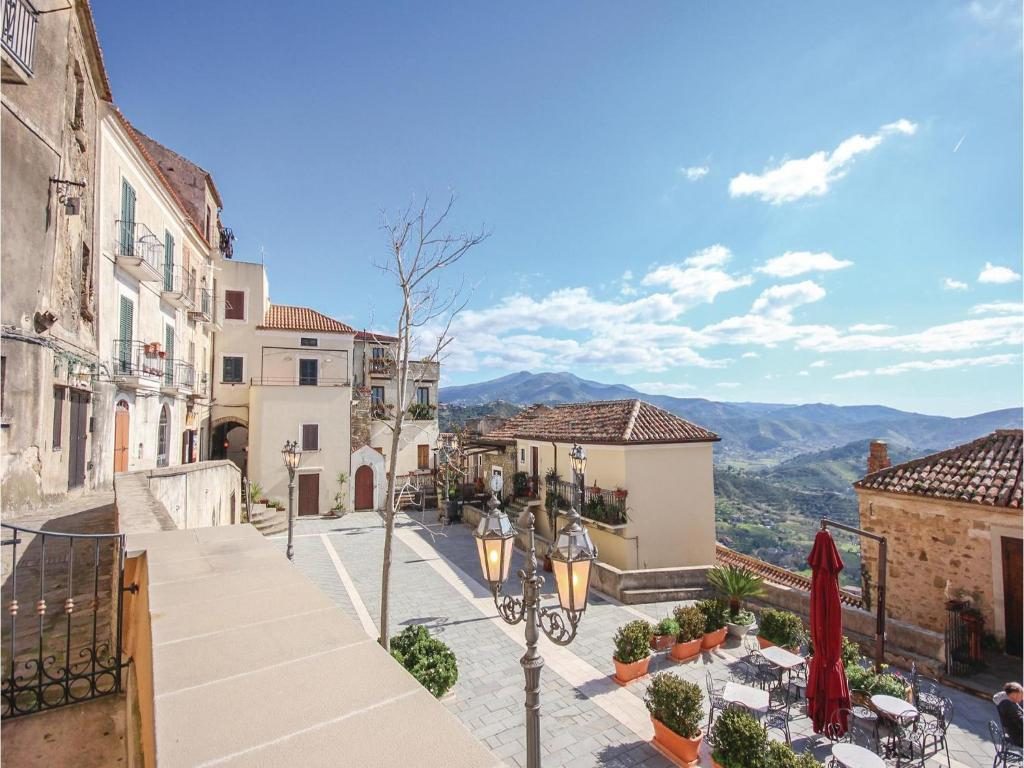
San Marco, Santa Maria and Punta Licosa: the gulf of Castellabate
Going down you cross the maritime hamlets of Saint Mark e Santa Maria di Castellabate. The first is a typical fishing village, as evidenced by the hundreds of boats that return to the port every afternoon. It is not difficult to come across small fish markets where you can buy the freshest fish. To be enjoyed absolutely il fried fish, considered by many to be one of the best in the whole Peninsula. Among the monuments, the St. Mark's Church in which the works of Nicholas Sebastian which trace the history of the city.
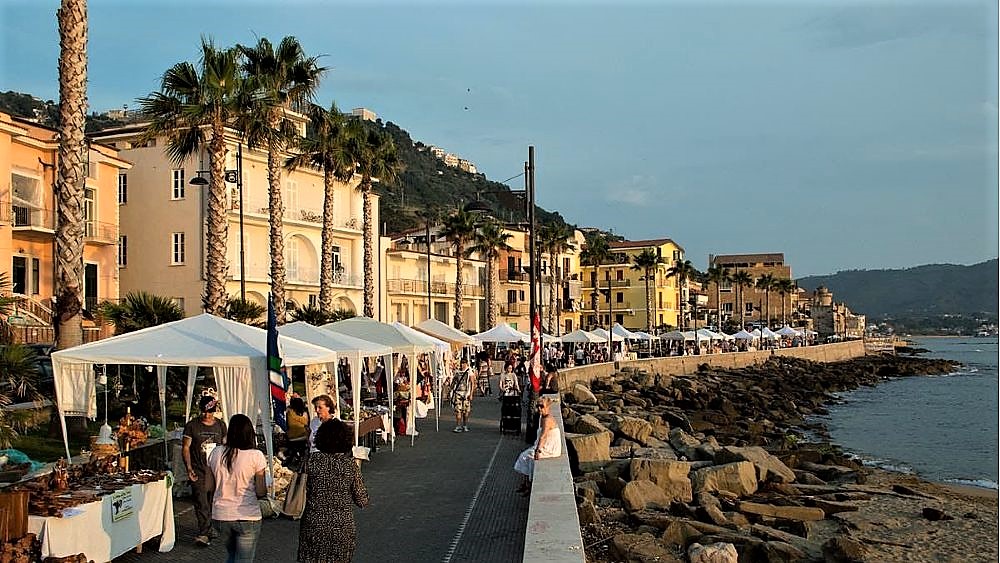
Further north is Santa Maria, known above all for the scenes shot on the beach in Miniero's film. Its streets intertwine in a small suggestive village, giving life to picturesque sceneries of other times. Perrotti Palace it is certainly among the most interesting places in the country. Owned by some descendants of the noble family, from its terraces it is possible to admire a spectacular panorama. The arches of Port of the Cats they are also another obligatory stop, especially for the renowned restaurant overlooking the beach.
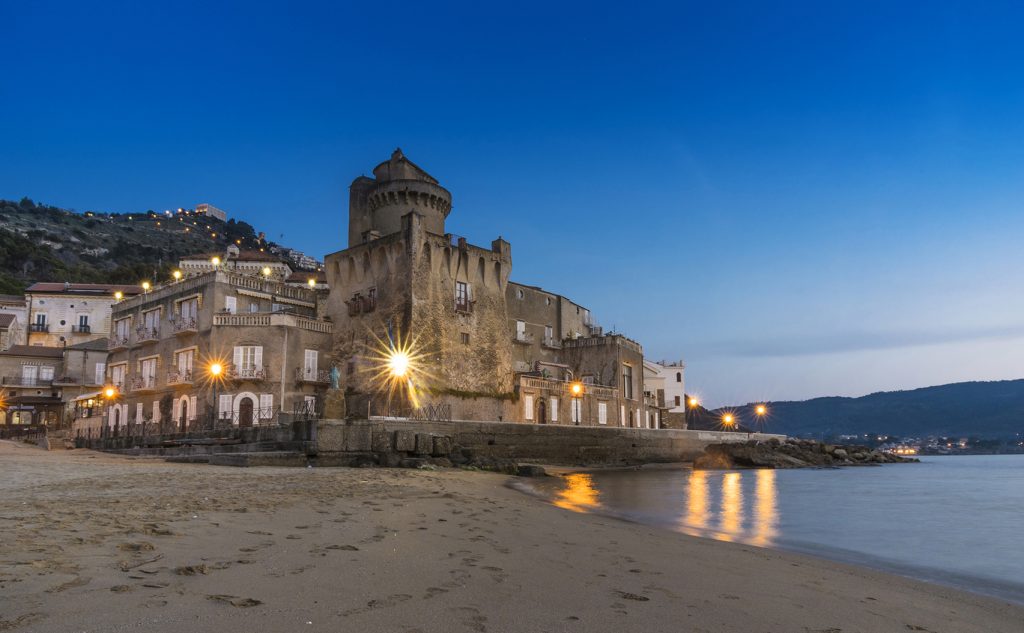
Closes Punta Licosa, the southernmost part of the Gulf of Castellabate. It is a sparsely inhabited area and particularly suggestive for lovers of nature and hiking along the cliff. It bears this name because of the siren Leukosia who - according to legend - chose this place to end his life.

